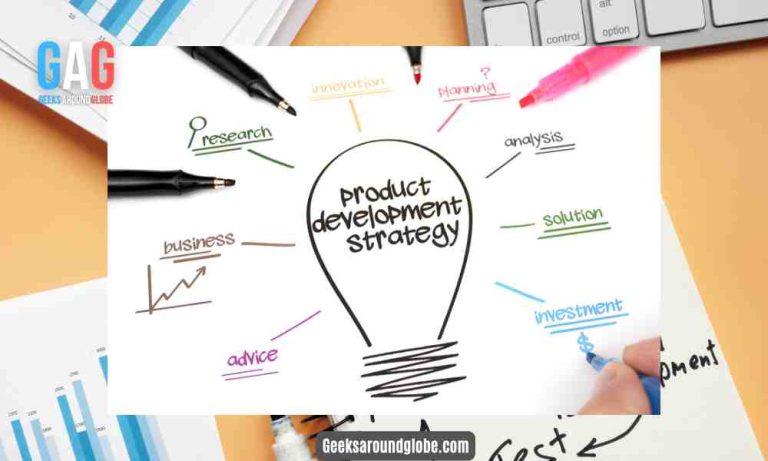In an era where optimization of resources is paramount, procurement stands out as a critical function in businesses. When you break it down, procurement is all about making sure a company has what it needs to function normally. Although some may use procurement and purchasing terms interchangeably, they aren’t the same. While purchasing is just the act of buying goods and services, the term “procurement” refers to the process of identifying needs, locating suitable suppliers, negotiating fair prices, and ensuring that the items or services acquired meet those needs exactly.
In fact, procurement accounts for around 30% of income for service organizations and at least 50% of revenue for manufacturing companies. This highlights how critical procurement is to the success of a business. Therefore, it’s essential to navigate it effectively. Let’s explore how your company can truly shine in this significant business area.
Reducing Expenses
The reduction of costs is a primary motivation for any discussion on procurement efficiency. However, it’s not as easy as choosing the cheapest option all the time. It’s all about making every dollar count. Within this entire process, the concept of effective procurement cost savings stands out, not just as a beneficial outcome, but as a factor that can significantly influence a company’s financial trajectory.
Think about it this way: through effective procurement, businesses aren’t just buying products or services; they’re investing wisely. They’re seeking out the best quality options that fit within their budget. And, by doing this well, these savings aren’t just pennies and dimes. They add up and can make a genuine difference to a company’s overall financial health. That’s why so many companies put a spotlight on refining their procurement strategies.
Establishing a Solid Procurement Strategy
A successful procurement operation begins with a well-defined strategy. The first step is ensuring that this strategy is in line with the overarching business goals. This might involve ensuring supply chain resilience, investing in sustainable suppliers, or leveraging procurement for innovation.
Additionally, it’s important to understand market dynamics and forecasting. By predicting how the demand and supply landscape will shift, businesses can make informed decisions about when, how, and from whom to procure. A nuanced procurement strategy also finds the right balance between immediate, tactical procurements and long-term, strategic acquisitions.
Implementing Efficient Procurement Processes
Having a strategy is one thing, but operationalizing it is another. This involves setting up processes that enable efficient and effective procurement. Throughout the procurement lifecycle, which spans from need identification to contract management and supplier evaluation, there should be clear procedures in place. Technology is an enabler here.
By adopting modern procurement software, businesses can automate repetitive tasks, streamline operations, and ensure transparency. Standardization is also essential. When processes are standardized, there is less room for error, making procurement activities consistent and predictable.
Building Strong Supplier Relationships
The value of a reliable and collaborative supplier cannot be overstated. Initially, this involves a meticulous process of identifying and vetting potential suppliers to ensure they align with the business’s needs and values.
But it doesn’t stop there. The main point of good supplier management lies in fostering supplier relationships. This starts with fair and strategic negotiations. Instead of aggressive tactics, the focus should be on creating deals that are beneficial for both parties. After the contract is signed, ongoing performance evaluations and open feedback channels help keep the relationship productive and address any areas of concern.
Ensuring Compliance and Risk Management
Procurement, like all business functions, has its associated risks. This could range from supplier defaults and contractual disputes to regulatory breaches. A robust risk management strategy is essential. Contracts play a significant role here. These legal documents should be drafted meticulously to outline responsibilities, liabilities, and recourse measures.
Moreover, with the dynamic regulatory landscape, especially in sectors like healthcare or defense, the procurement team must be prepared for any changes. This might involve regular training sessions or consultations with legal teams. Equally essential is the implementation of internal controls and regular audit processes to ensure adherence to all set guidelines and norms.
Continuous Improvement and Metrics Tracking
The quest for procurement excellence is ongoing. Like in any part of a business, it’s super important to check how things are going and spot where you can do better. That’s where key performance indicators step in. They help us keep track of and fine-tune our approach. Whether it’s tracking cycle times, supplier performance, cost savings, or contract compliance, KPIs provide a quantitative lens through which procurement efficacy can be assessed.
By conducting regular reviews and benchmarking against industry standards, businesses can spot trends, address gaps, and continue to refine their procurement practices. Furthermore, embracing innovations and adopting industry best practices ensures that the procurement function remains agile and responsive.
Conclusion
There is a lot more to procurement than just buying goods and services. It’s a strategic function that, when executed well, can drive significant business value. By building solid strategies, nurturing supplier relationships, ensuring compliance, and fostering a culture of continuous improvement, your business can truly achieve procurement excellence. When you really zero in on these elements, you get to invest wisely, setting yourself up for greater success and growth.







